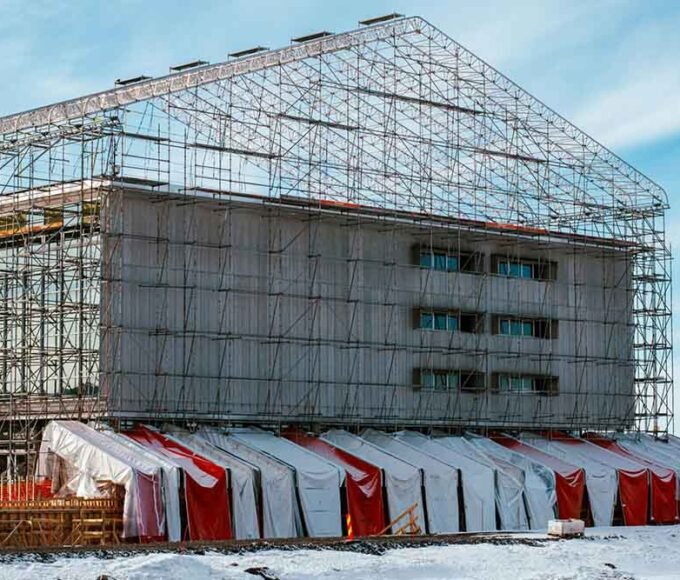One of the most difficult and risky, the construction industry is filled with potentially dangerous situations. It is an expansive business that involves many moving parts. There are different job roles involved in this industry like a bricklayer, steamfitter, supervisor, and electrician which also come with different and respective inherent hazards. So it is a no-brainer that construction safety training is imperative for minimizing accidents and job-specific hazards and regulating a safe working environment. It is crucial to have well-trained contractors and workers so that they are better equipped to do their respective jobs and are prepared to protect themselves, their associates, and visitors.
However, some construction supervisors and managers tend to skimp on safety training, which might lead to detrimental construction-related accidents. Many hazards and accidents can be avoided if proper safety training is provided. As a manager or a supervisor, you can also check for a reliable company that offers safety training programs to suit your individual and business needs. With the help of a reputable training provider, you will have access to dedicated support staff, state-of-the-art learning materials, and certifications.
Benefits of Construction Safety Training
● Knowledgeable and Experienced Workers
Construction safety training is not a one-time thing but an ongoing commitment for both new and seasoned staff. Especially for new staff, safety training is crucial as they don’t have the field experience required to maintain a safe working environment. Even if their biodata says that they have completed some sort of safety training in the past, it is always beneficial to give them additional training to enhance their prior experience. Moreover, senior workers can also benefit from it, as it might have been a long time since they first received safety training. Certain practices and rules might have changed or improved during this duration. Both new and old workers should be updated with the construction company’s new technology or approaches.
● Reduces Workplace Death and Injury
Proper safety training is directly proportional to a lesser number of injuries and death on site. Your employees will be well-versed in the safety procedures and practices and can seamlessly tackle dangerous work practices like climbing tall ladders, use of PPE, and operating heavy machinery.
● Boost Productivity
Better trained and educated workers will help to boost productivity as they will have lower risks of accidents and work-related injuries. This means that fewer workers will call in sick or take unapproved leaves. When your staff members are familiar with safety procedures, they can comfortably and seamlessly navigate through the job site. Hence they don’t have to constantly worry about their safety or keep second-guessing what to do.
● Cost Cutting
Workplace deaths and injuries can incredibly cost your construction business. Approximately $13 billion is the annual estimated cost of injuries in the construction industry, with deaths accounting for 40% and non-fatal injuries and illnesses comprising 60% of the total, as per the Electronic Library of Construction Occupational Safety & Health.
● Boost Better Communication
You can empower your workers with confidence and enthusiasm by giving them a safe environment to open up about issues they are likely to encounter firsthand. They can also notify others if they see some potential danger or speak about something that needs changing. The right safety training can encourage your workers to communicate and understand each other better to create a safe and sound working environment.
● Improve Public Reputation
A construction company with a history of mistreated employees or unsafe work conditions can have a bad reputation in the market. People would naturally avoid trusting such an organization. This might cost the business heavily. Whether it’s a severe workplace fatality reported by a media outlet or a disgruntled former employee, negative occurrences can quickly get out and tarnish your business’s reputation. So, words can travel fast when you have amazing workplace dynamics. And having a team of well-trained workers and a seamless working environment can improve the public reputation instantly.
Each year the Canadian Centre for Occupational Health and Safety (CCOHS) records hundreds of managers and supervisors who are guilty of skipping safety training. They usually trade it for actual man-hours under tremendous pressure to meet project deadlines. While it might seem like a good idea, it is important to remember that it only takes one small mistake to snowball and boom into a significant liability! Moreover, regulating a safe working environment can also reduce overall construction costs. For instance, you can save on administrative penalties and fines, attorney’s fees, and insured losses with the help of safety training. So regardless of looming deadlines, delays, and labour shortages, you should never look at safety training as a disposable task. It should be made a priority to reduce construction workplace deaths and injuries.
















